The Xiaomi Mi3 is far from the newest Android smartphone, but thanks to Xiaomi’s renewed expansion plans, the Mi 3 is getting a lot more footage than it did during the time of its release last year. One key market for Xiaomi has been India, where the smartphone has been selling like hot cakes; an estimated 55,000 units have been sold in just 4 flash sales that lasted a cumulative total of less than 40 minutes!
Specifications wise, the Mi3 is your quintessential 2013 flagship; a 5-inch, 1080p display and a quad-core Snapdragon 800 make up for the USP of the phone. What plays in Xiaomi’s favour is that the jump from 2013 to 2014 flagships has been fairly incremental and not as pronounced as previous years, thereby making the Mi3 pretty (darn, when you look at the price tag) relevant in the 2014 market. Also, with a 5-inch screen, the Mi3 is the device of choice for many a buyer thanks to most other flagships having shifted to the 5.5-inch screen factor.
To cut to the chase, we bought an Mi 3 off Flipkart on the first sale day in India (still don’t know how we managed to do that, but that’s that) but thanks to a busy schedule it got ignored for a couple of weeks. We’ve now been putting it through its paces to find just how good the phone is, so welcome to the Xiaomi Mi3 review on GizChina.
Xiaomi Mi3 Review - Specifications
- 5-inch, 1920 x 1080p full HD IPS LCD display
- 2.3GHz quad-core Snapdragon 800 CPU
- 2GB RAM
- 16GB/64GB non-expandable storage
- 13 mega-pixel rear camera with dual LED flash
- 2 mega-pixel front camera
- Android v4.4 KitKat (MIUI V5 overlay)
- 3050mAh non-removable battery
- NFC, barometer, proximity sensor
Xiaomi Mi3 review: Intro
As you might already know, all Xiaomi devices come with a forked version of Android, which they call MIUI (pronounced ‘me you eye’). Even though it’s based on Android and is compatible with all Android apps and services, the ROM is very different from AOSP, or stock, vanilla Android. Getting used to MIUI takes a little time; for example, MIUI’s home screen does not come with an app drawer like other Android phones. Rather, it shows all of your installed apps on your home page, which you can organize using grouping (folders). In a way, MIUI’s home screen resembles that of the iPhone.
Also unlike many modern day smartphones, the Xiaomi Mi3 works with a regular SIMs (aka mini SIM) and not micro SIMs. Not willing to go through the painful process of getting a micro SIM swapped by a mini SIM, we used an adapter with an existing micro SIM for the Mi3. Although this worked well, you’re advised to get a legit mini SIM from your carrier.
Xiaomi Mi3 review: In the box
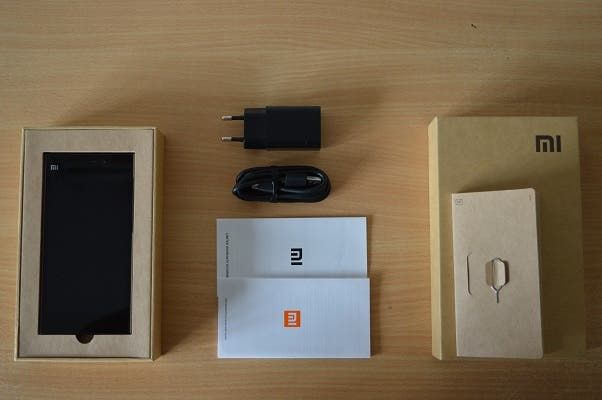
Xiaomi’s packaging has always been minimalstic and the Mi3 is no rebel. Focus is always on the phone, in-box accessories for Xiaomi are more like formality (mind you, they’re of great quality). That being said, we must also give the box a special mention - if you’ve ever had a Xiaomi, you’ll know why. The packaging is made out of recycled material, and is extremely durable. Xiaomi perhaps made that with international shipping in mind, although that doesn’t apply here since this is a domestically purchased unit.
Here’s what comes inside the sturdy box:
- Xiaomi Mi3 handset
- User’s manual
- Warranty card
- SIM removal pin
- USB data/charging cable
- USB charger (rated 5V, 2A)
Xiaomi Mi3 review: Design and form factor
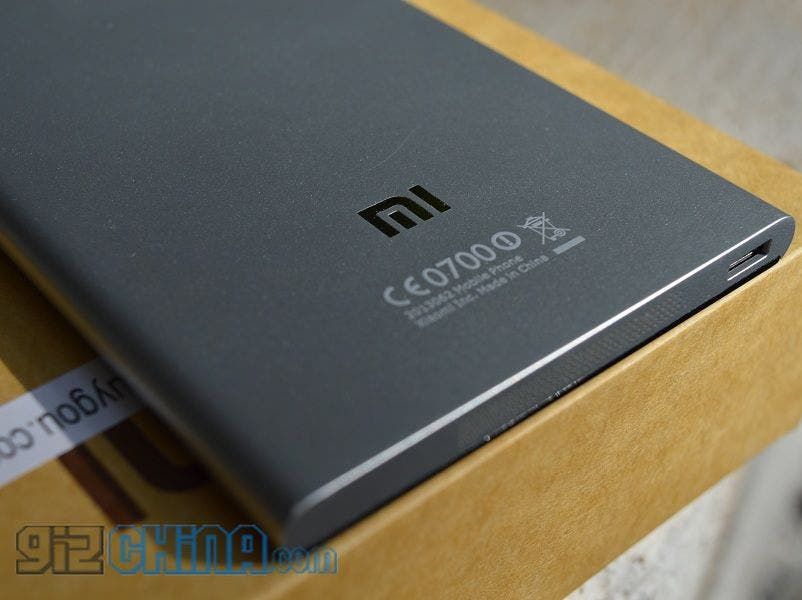
The Xiaomi Mi3, out of all the Xiaomi devices, is the one with the most radical design. Some argue that there’s a bit of Nokia Lumia in the Mi3 design, but the design is sufficiently distinct to pass off as original. You’re either going to love the Mi3’s looks, or you won’t care about them at all. Personally, I don’t think it’s the best looking phone (you can guess what side I’m on), but the surrounding package is too good to let go of. At just $230 (INR14,000) the Mi3 sits in the league of the Moto G’s and the Canvas 4’s, but delivers a significantly higher value proposition. Anyway, lets stick to design here.
What some might not like are the completely rounded edges that have a very extreme appeal. I’m certainly not a fan of those, but the rounded edges really help when you have the phone in your hand. We tested the silver version of the phone, and even with the rounded edges, the device is fairly grippy. Thanks to the 5-inch screen, those with large hands can afford to let the phone rest against their pinkies during usage.
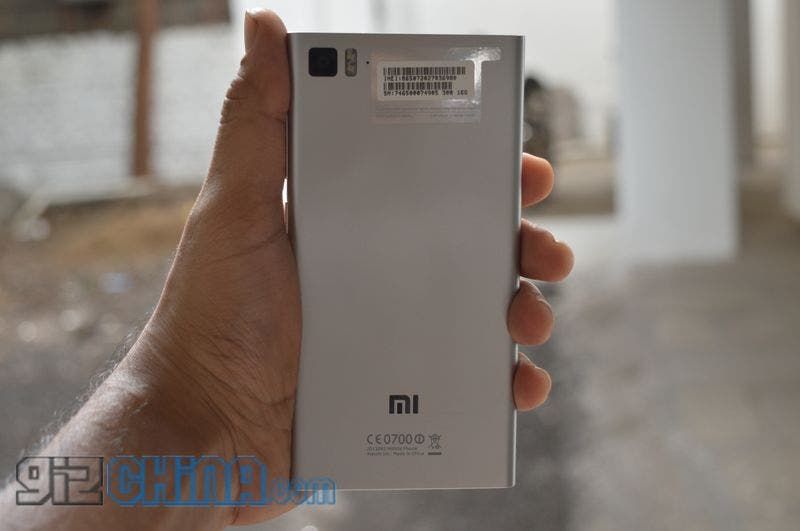
What we like most about the Mi3 in design terms is the rear, which shouts class. A very minimalistic though reflective ‘Mi’ logo sits toward the bottom with some regulatory text embossed below.
The volume buttons and the power/wake key sit on the right edge, with no control on the left edge.
Display
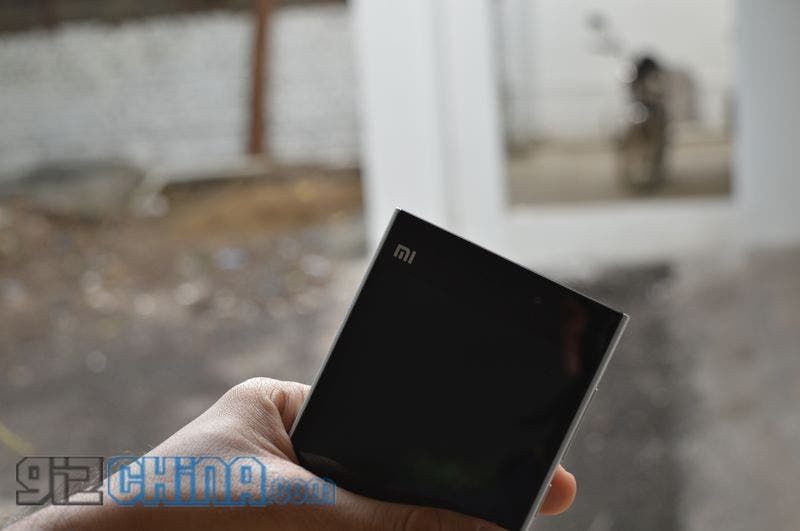
Not only is the Mi3 one of the most affordable Snapdragon 800 phones, but it’s also among the least expensive ones with a 1080p display. Unlike the Snapdragon 800 SoC, 1080p displays can vary from phone to phone, and they usually do.
On a scale of 10, we’d give the Mi3’s 1080p panel a 7.5. The display is nice and has good colour reproduction, but it sometimes feels exaggerated in composition, somewhat like a Samsung Super AMOLED panel. Of course, this could again be a subjective matter but we look at it with a critical eye. And, quite a few phone makers have been doing this (slight oversaturation) to their phones since the advent of Super AMOLED, so you can’t really blame Xiaomi for this.
The unit we received suffers from a slight bit of backlight bleeding on one edge of the phone. This is hardly visible in daylight with a light colour filling up the screen, but it gets a lot more pronounced when it’s looked at obliquely and with a darker shade on the screen. Certainly, this isn’t a deal breaker, but it looks like Xiaomi have compromised a bit on quality to make this super affordable package happen.
The unit we have comes with Gorilla Glass 3. Surprisingly, not all Mi3 units come with Gorilla Glass, but even those that don’t, offer similar levels of protection according to Xiaomi. It also looks like there’s a nice oleophobic coating on the screen, that makes it less prone to fingerprints and such and therefore improving the overall user experience.
The MIUI ROM also allows you to set your preferred ‘Colour temperature and saturation’ mode, which is very cool. I usually found myself favouring either Warm or Standard, as it made it easy on the eyes.
Xiaomi Mi3 review: Performance
This is one category that the Xiaomi Mi3 owns. $230, 1080p, Snapdragon 800… is just insane. And the phone doesn’t disappoint. Unlike other OEM customized ROMs, MIUI is no resource monger. It gives you a feeling of optimization and customization going hand-in-hand, which in our book is a tough balance to achieve, so extra points to Xiaomi for that.
If you remember, we tested the OPPO Find 7 some weeks back; the Mi3, in all honesty, feels snappier and faster than the Find 7. That could be because of the lower resolution, lighter OS or even better optimization; what matters is that it is blazing fast.
If you’re not among those that require 3GB of RAM and a 2.5GHz quad-core Snapdragon 801 CPU for the ‘feel good’ factor, the Mi3 will easily suffice for you. App compatibility is no problem either, thanks to the Snapdragon 800 CPU (some MediaTek phones keep having compatibility issues every now and then).
Although it’s a really fast phone in itself, and AOSP or CyanogenMod ROM could make it even better. We’d say it’s really close to the OnePlus One in terms of performance even with the heavily customized MIUI ROM. Hugo Barra did say that Xiaomi would be releasing kernel source later this year, and that could really open gates of international acceptance. Xiaomi phones are, at the moment, much more popular in developing markets, and compliance to GPL and other community written and unwritten rules will make the brand better acceptable in developed markets. What it’ll also mean is that the phone will have a tonne of different ROMs including AOSP builds and CyanogenMod, perhaps even official support.
One thing that hurts Xiaomi Mi3’s market value bad is the heating issue. Continuous usage (45min-1hour) causes the top part of the phone to heat up pretty fast, making you worry about the internals getting fried. It is also quite uncomfortable when you get a call while the phone’s hot.
All in all, the Mi3 is quite a performer, and even after almost a year since launch, the device commands attention, which in our books is not an easy feat to pull off.
Xiaomi Mi3 review: Benchmarks
Interestingly, when some benchmark applications are run, MIUI detects them and prompts you to change to another working mode (performance).
Xiaomi Mi3 review: Camera
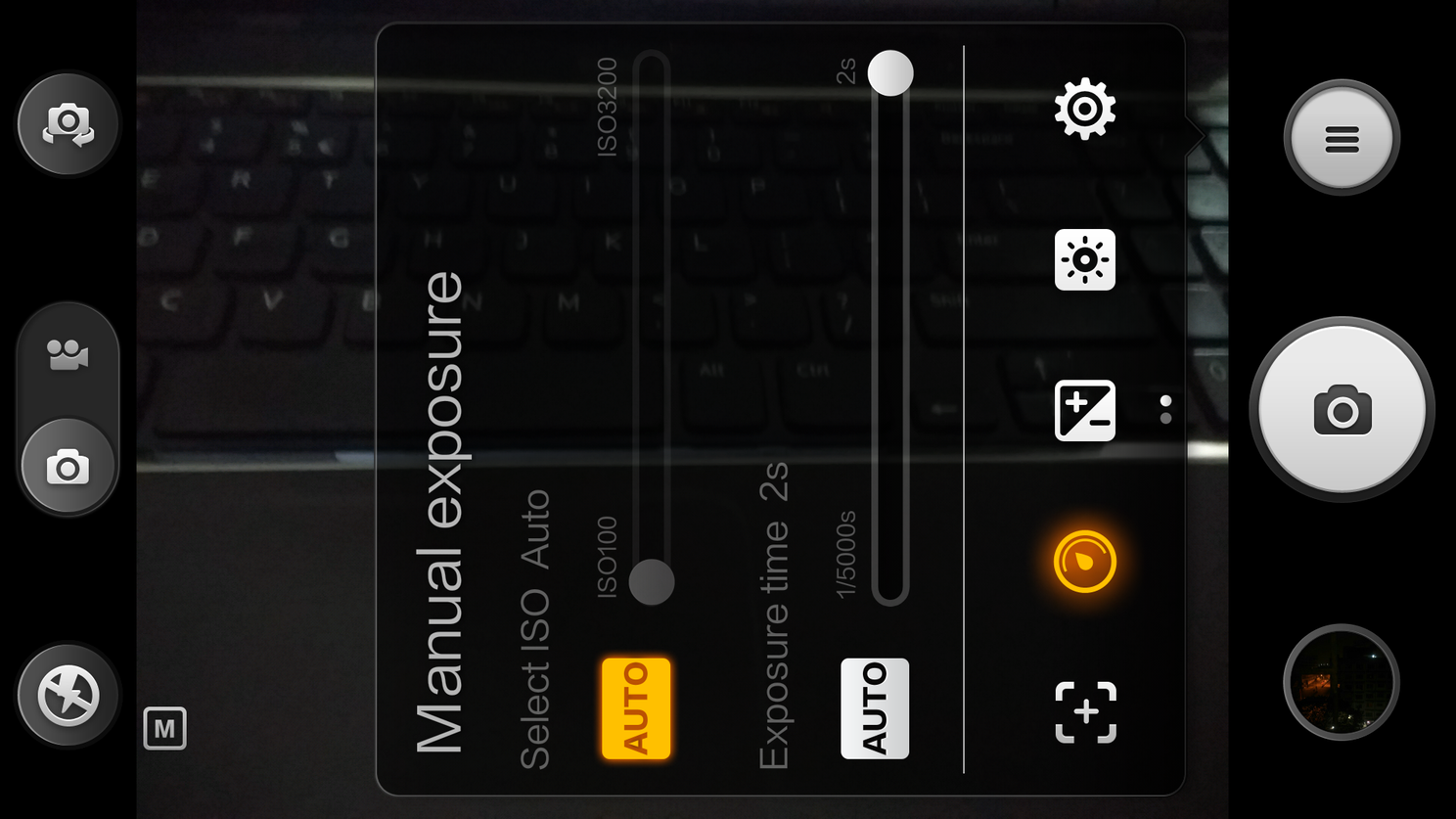
The Mi3 has a decent camera that can take some really nice looking photographs. It’s pretty effective in low-light as well, so we don’t see no reason why the Mi3 can’t come across as a complete package.
Taking pictures of landscapes turns out quite well on the Mi3. However, the dynamic range on the Mi3 isn’t the best, but a simple trick can make you overlook that fact. HDR; just turn it on. Very often, I found myself leaving the Mi3’s settings to HDR on; that’s how good it gets!

The shooter is a decent performer in low light as well, especially when you consider that it comes with an f/2.2 aperture.
Don’t know if it was the screen or the camera, but like many other phone cameras, pictures from the Mi3 looked a bit oversaturated. Perhaps that’s what the majority of the users like?
The camera app allows for a fair degree of tweaking as well, which is quite a welcome feature. You can manually change settings such as ISO, shutter speed (up to 2s), exposure, white balance, etc.Just remember to switch to ‘advanced mode’ when you want that level of control.
Another interesting trick from the Mi3 bag is estimation. While we’re not really sure about what it is for (you could perhaps try it on the female that refuses to tell you her age), but the front camera can be used to estimate a person’s age and gender. While the system is fairly accurate in determining the gender, age is more of a hit or a miss. Being the youngster that I am, I gave it a shot and here are the results...

Xiaomi Mi3 review: MIUI ROM
The MIUI ROM is a bag of tricks. MIUI was among the first ROMs to feel like a completely different operating system; there have been forked Android ROMs since as long as you can remember, but it was only MIUI that made some serious deviation. The best part about this is that the deviation isn’t just for the sake of it. MIUI adds some very useful features to your phone that make it much more usable.
The Mi3 unit we got came with Android v4.4 KitKat. As you’d expect, it is fast and snappy and doesn’t really make you feel the need to get s 2014 phone. Here are a few features of the MIUI ROM that we particularly like:
- Schedule power on (when alarm goes off)
- Themes
- Powerful permission manager
- Torch on when home button held on lockscreen
However, the MIUI ROM isn’t particularly 3rd party-friendly. In the sense that there’s so much customization in there that it gets difficult to use anything that non-MIUI. For example, we had a hard time trying to use Nova launcher with the Mi3. Even after going into Settings - Display -Default launcher and changing it to Nova, it was only MIUI home that we got to work with.
In a nutshell, the MIUI ROM will take you some time to get used to if you’re an experienced Android user. On the other hand, those that are new to Android will find themselves better at home with MIUI right from the start, because it’s easy to operate and is made with the everyday user in mind.
Xiaomi Mi3 review: Battery
Case 1: Light usage through 2 days
With a screen on time of over four hours spread through two days of usage, the Xiaomi Mi3’s 3050mAh battery does pretty well. Again, the number of apps and your usage style matters a lot; here’s what I had on the phone while testing: 3x email accounts, ~4 IM clients, Facebook and Facebook Messenger, feedly, Quora and of course Chrome. Almost all of my activity on the Mi3 involved using the internet, so I guess the battery life could be even better for those who aren’t connected to the internet all the time.
The Xiaomi Mi2S that I used for months before this had some really good battery life, and it can safely be said that the Mi3 doesn’t fail to inherit the property. It would be safe to say that the Mi3 will last a day for the average user. Even extreme perhaps, if you don’t indulge in a lot of gaming and other hardware intensive activities.
Case 2: Average to heavy usage through 1 day
This is where it gets even better. The Mi3 held up pretty well when it was used completely as my primary phone. YouTube, Facebook and WhatsApp are the apps that I used the most, and I’m happy to report that the Mi3 returned above average battery life. At the time of writing this article, the Mi3 has been off the wall charger for more than 18 hours and has more than 3 hours of screen on time. The best part is, there’s still more than 50% juice still left on the phone which means I could easily go through another day of similar usage!
Battery verdict:
9/10 for battery. It’s very close to the bullseye score of 10/10, but the non-removable nature of the battery takes away one point. Just to be clear, I personally think removable batteries are overrated, but the fact that many of Xiaomi’s phones are being used in markets where the company doesn’t operate in makes it a bit worse.
The one thing Xiaomi can work at is drain during sleep. Even with that, the Mi3 is a solid battery performer.
Xiaomi Mi3 Review - Conclusion
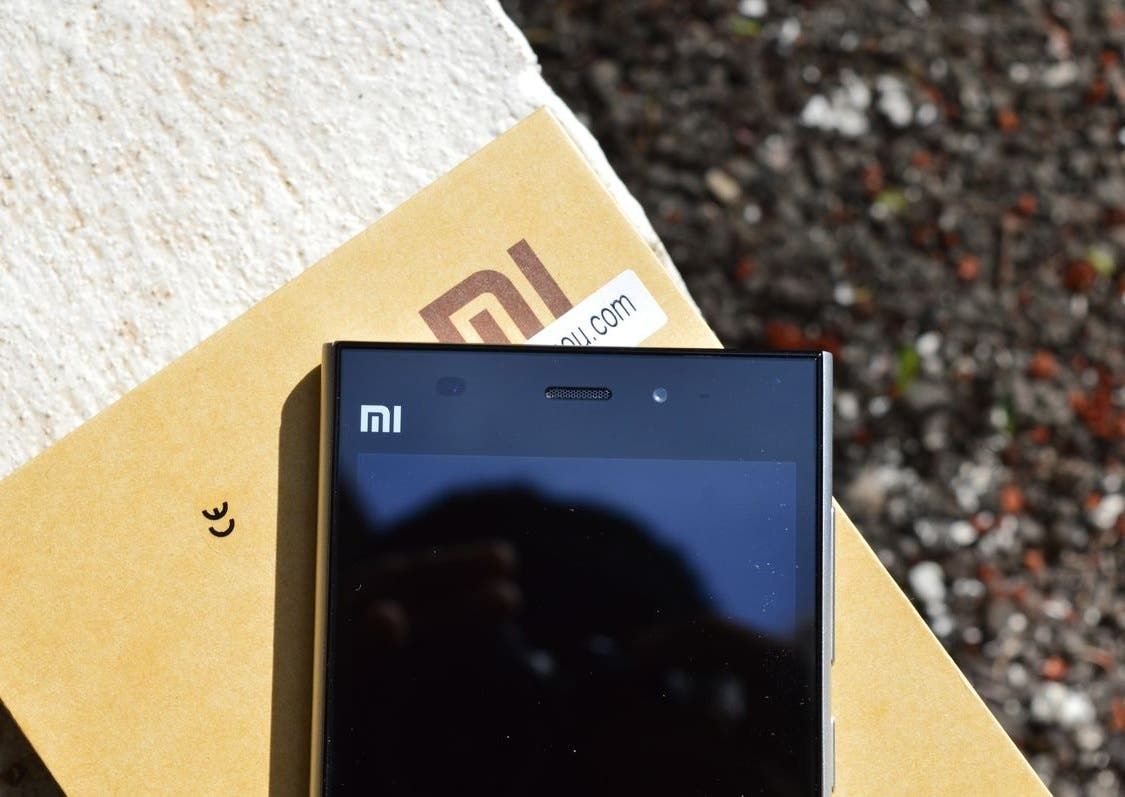
Even after almost one year since release, the Xiaomi Mi3 ticks a lot of boxes and poses some serious threat to current day flagships. That’s something not a lot smartphones have been able to do in the past. The compelling price tag of close to $230 can really blow your mind, and with active expansion that Xiaomi has underway, the Mi3 has the potential to be the underdog that everyone wants to root for.
Xiaomi has made India their home, and more markets including Indonesia are waiting to get disrupted by this phenomenon that calls itself a phone maker.
With proper after-sales support and a decent supply chain, the Mi3 definitely has enough in it to make people forget the new Mi 4, among other devices including the evasive OnePlus One. The writing is on the wall guys, if you haven’t been able to get your hands on the OnePlus One, get a Xiaomi Mi3 before the opportunity slips from your hands.
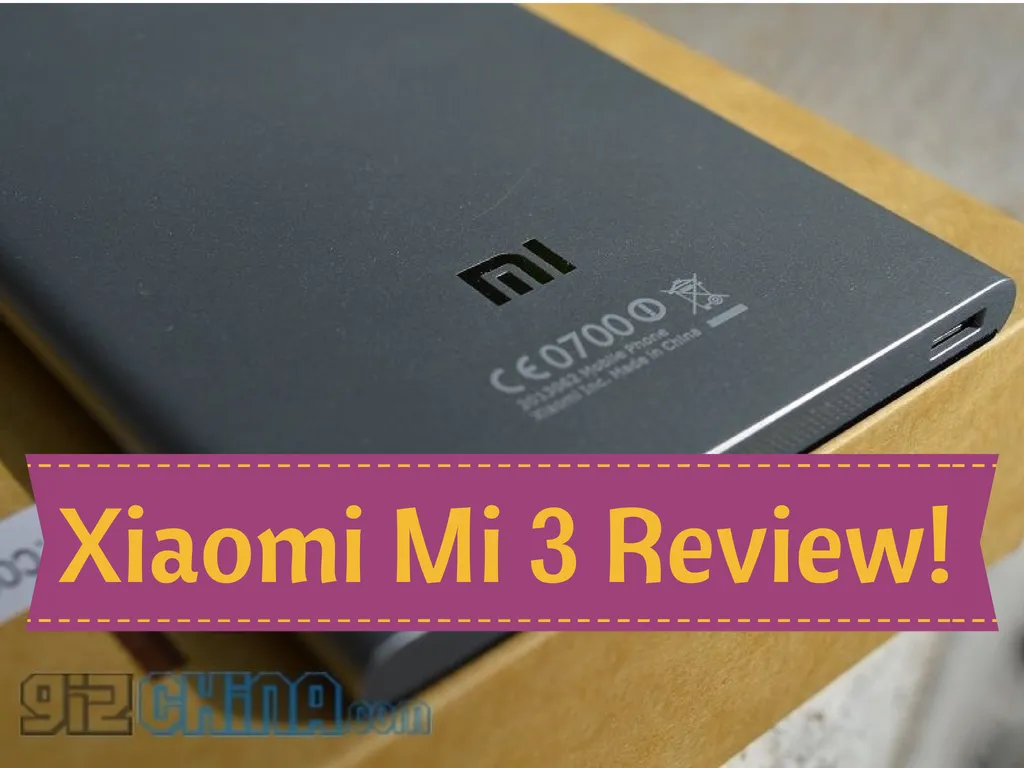

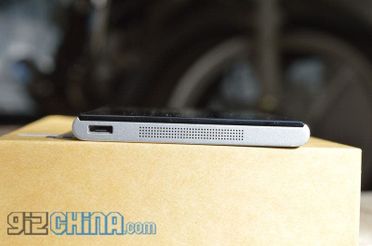
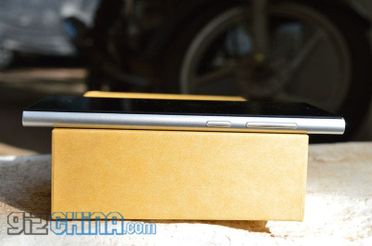
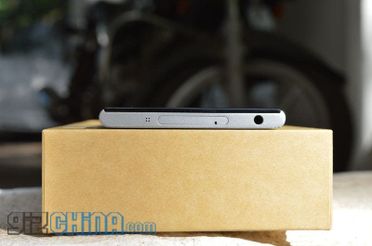
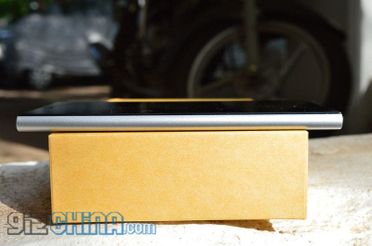
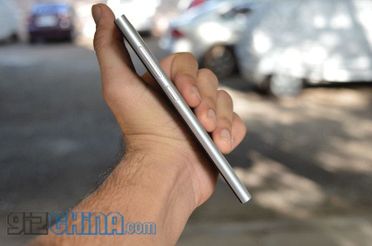
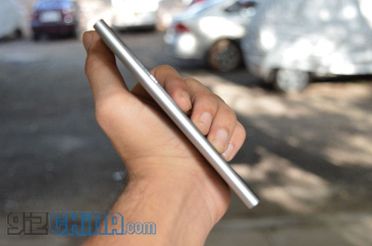



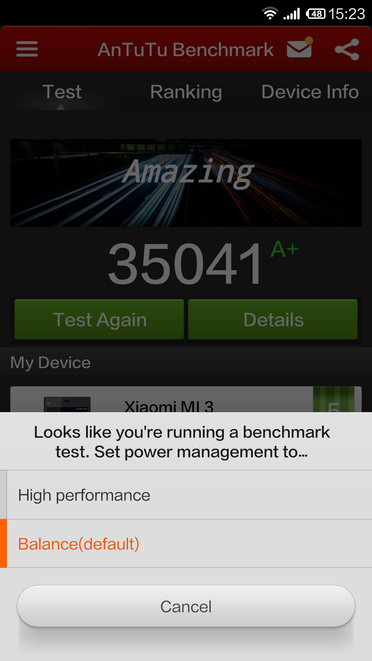
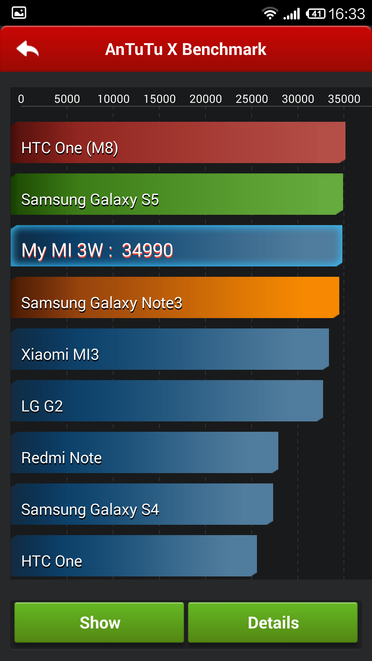
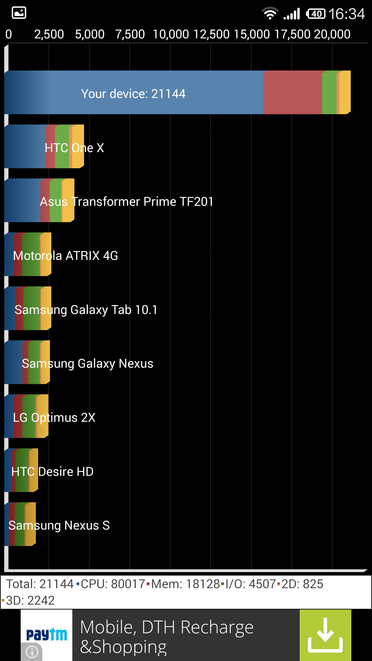
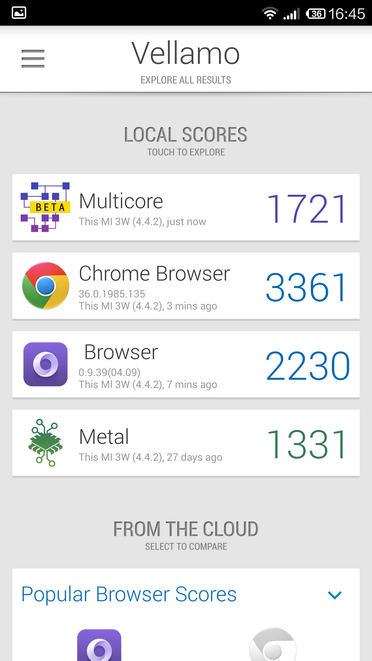



















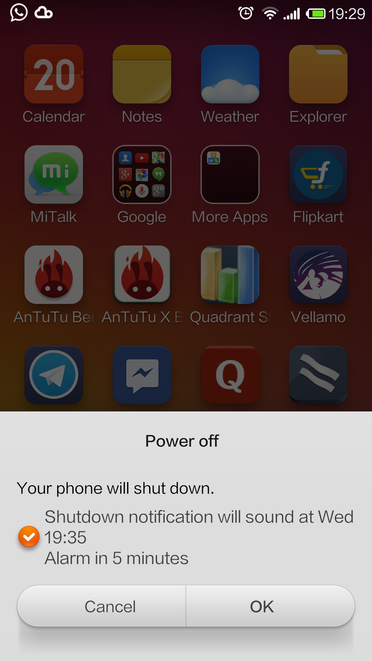
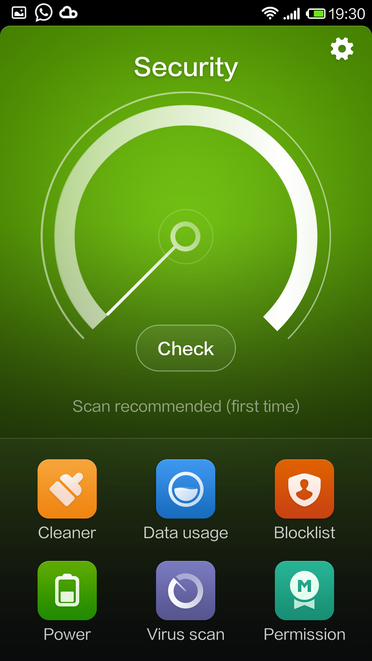
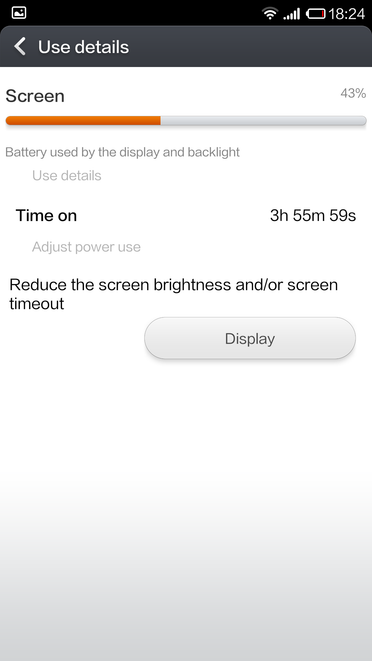
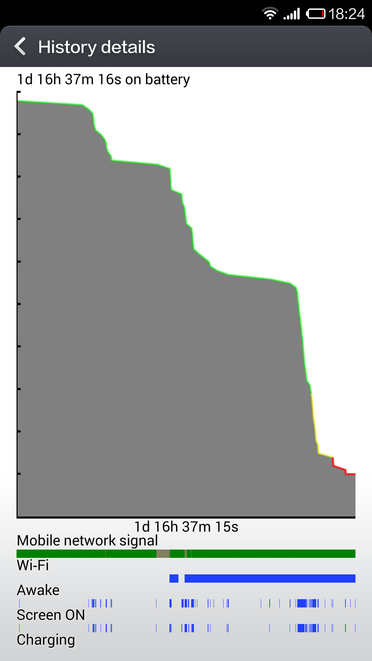
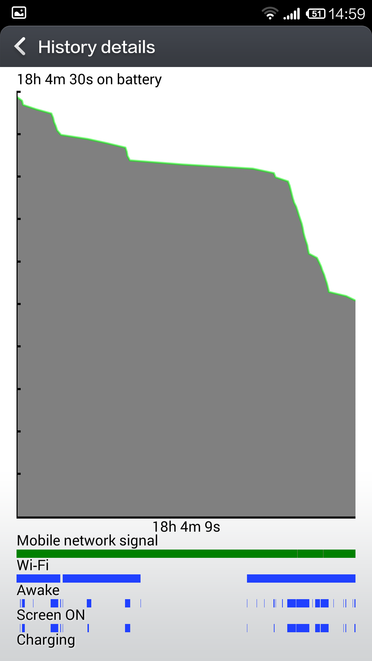
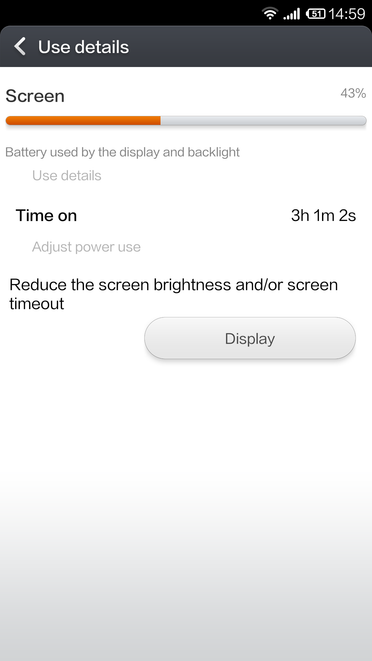




Place comments
0 Comments
You are currently seeing only the comments you are notified about, if you want to see all comments from this post, click the button below.
Show all comments